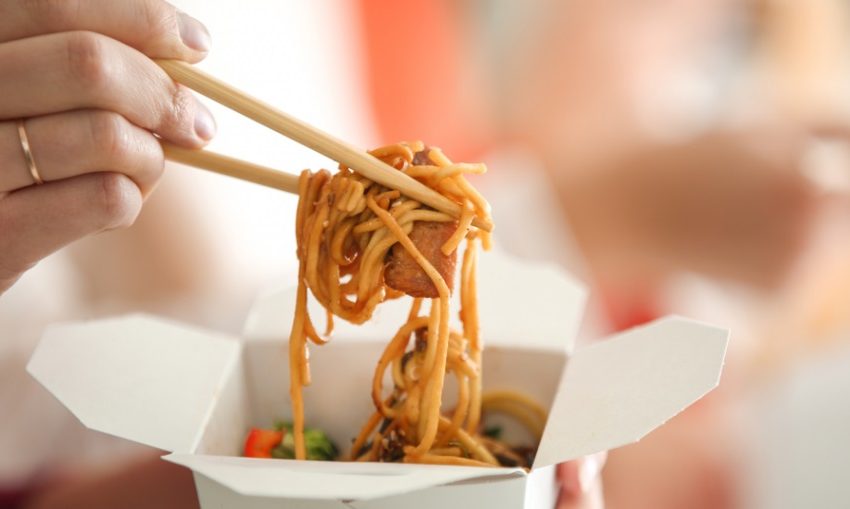Evolution And Types Of High-quality Sustainable Packaging

Almost everything bought today is packaged. Those packages range from low quality to high quality, and many of them, non-sustainable. Over the years, environmentalists have clamored for the need for improvement in packaging to more sustainable packaging solutions. Some people have taken this consideration seriously, and over the years, there has been the evolution of packaging.
Over the years, we have seen little and bits improvements in sustainable packages from cardboard boxes, nylons, and Styrofoam wraps. They have evolved to create other solutions from post-consumer waste. We have had recycled tapes, bamboo, and bamboo boxes, recycled paper and cardboards, from some of these post-consumer waste.
Understanding the plight of the large amount of dirt and substance destruction happening globally, packaging industries have seen it necessary to make sure sustainable packaging is one of their perks. The current solutions solve two major production problems, which include waste reduction and energy conservation. The following solutions are an evolution from old packaging systems.
Corrugated Cardboard wrap:
Replacing the bubble wrap that kids are found of popping is the up-cycled corrugated cardboard. This package can be reused to serve as padding for fragile substances, instead of trashing them or recycling. It has little cuts that help to reduce the effects of blows or shocks on the preserved material, that same function that bubble wraps do.
Mushroom packaging:
This alternative is used to pack small items. It is relatively cheap and made from real mushrooms, from the fusion of mushroom roots. This can be molded as the manufacturers deem fit. This packaging product usually biodegrades and forms some sort of compost.
Air pillows
Air pillows are becoming fast-efficient packaging solution replacing styrofoams and bubble wraps. They are used to fill the spaces in packaging boxes, instead of using non-renewable materials. Air pillows make sense because they come in different sizes, reusable, and inflated to preferred sizes. They are very efficient in packaging fragile items, making it a preferable cushioning material. Users are encouraged to get solutions made of total recycled materials.
Eco-friendly plastics:
Shipping packages are evolving, and more plastic packaging solutions that can support heavy loads are necessary. In instances like this, it is helpful to use 100% recycled and recyclable plastic packages.
Recycled cardboard paper:
Undeniably, some things are better packaged by papers and cardboards. Good enough, cardboards are recyclable when properly managed. To support the environment, you should patronize companies that use post-consumer recycled cardboards and papers.